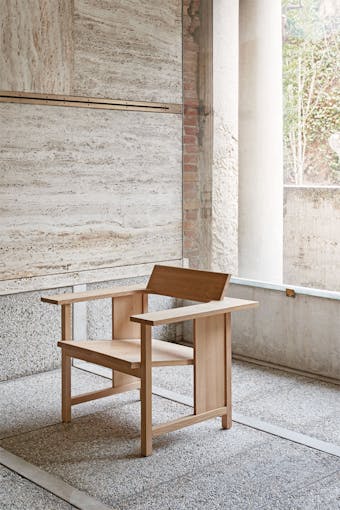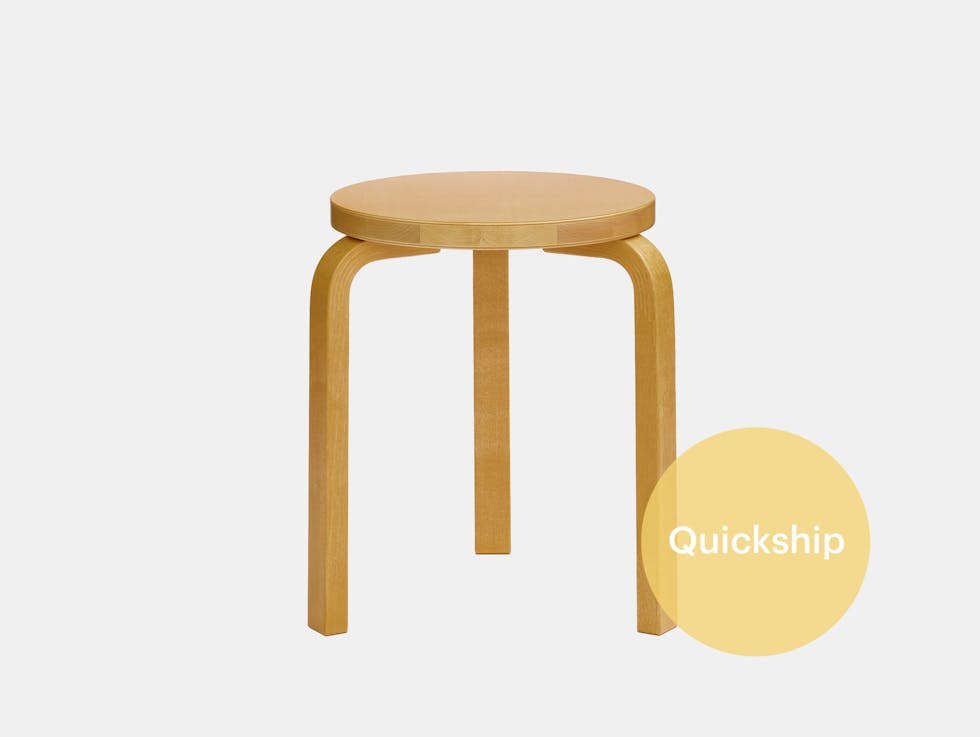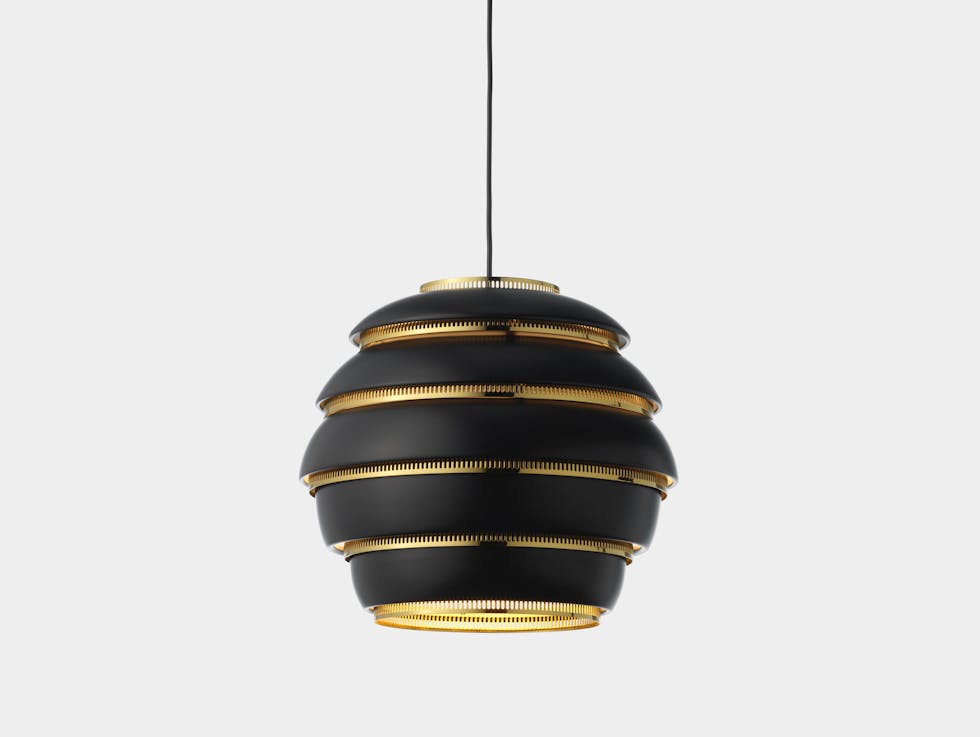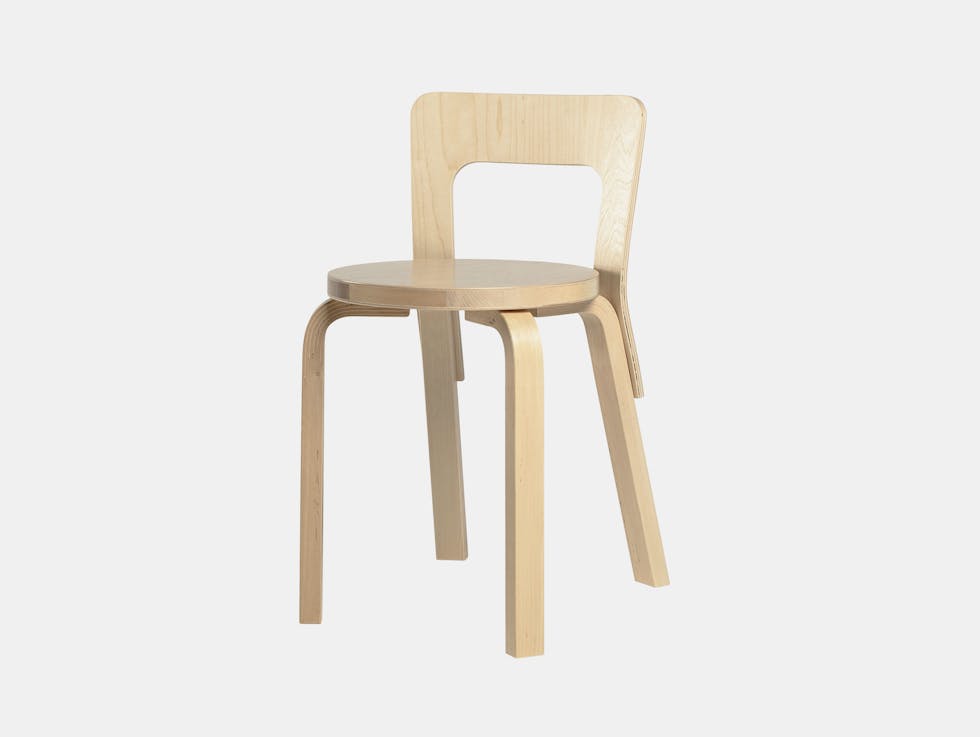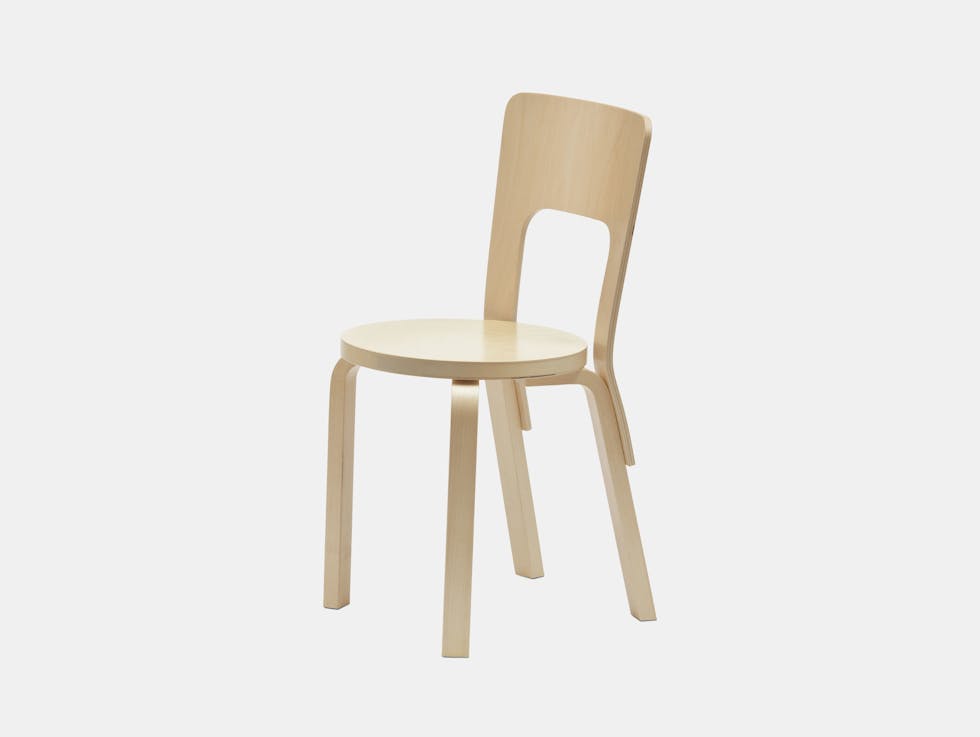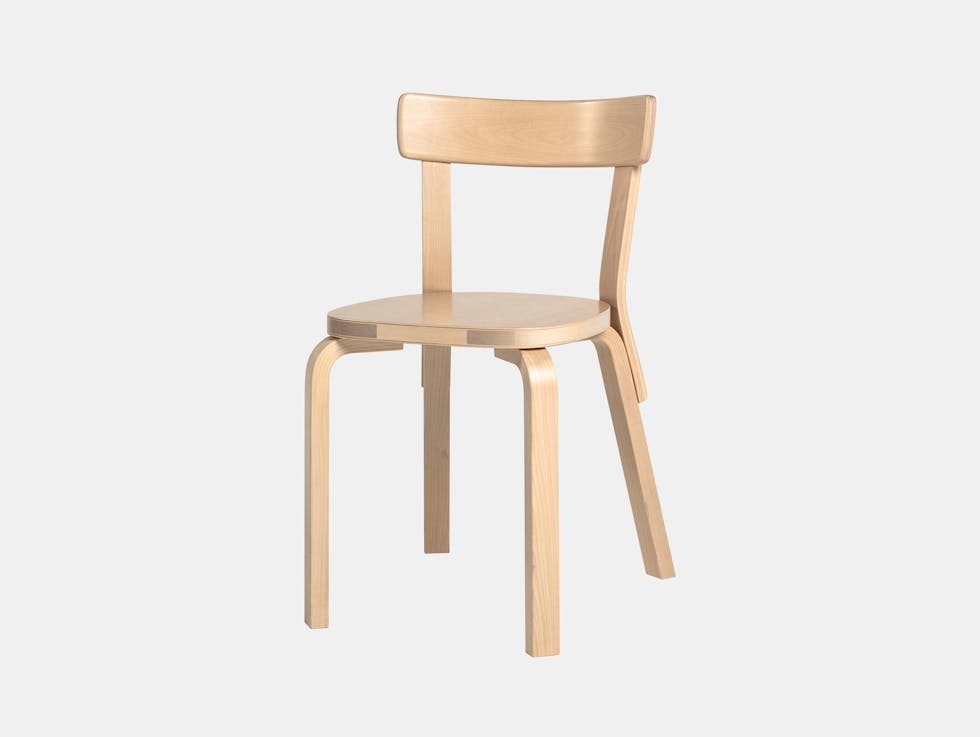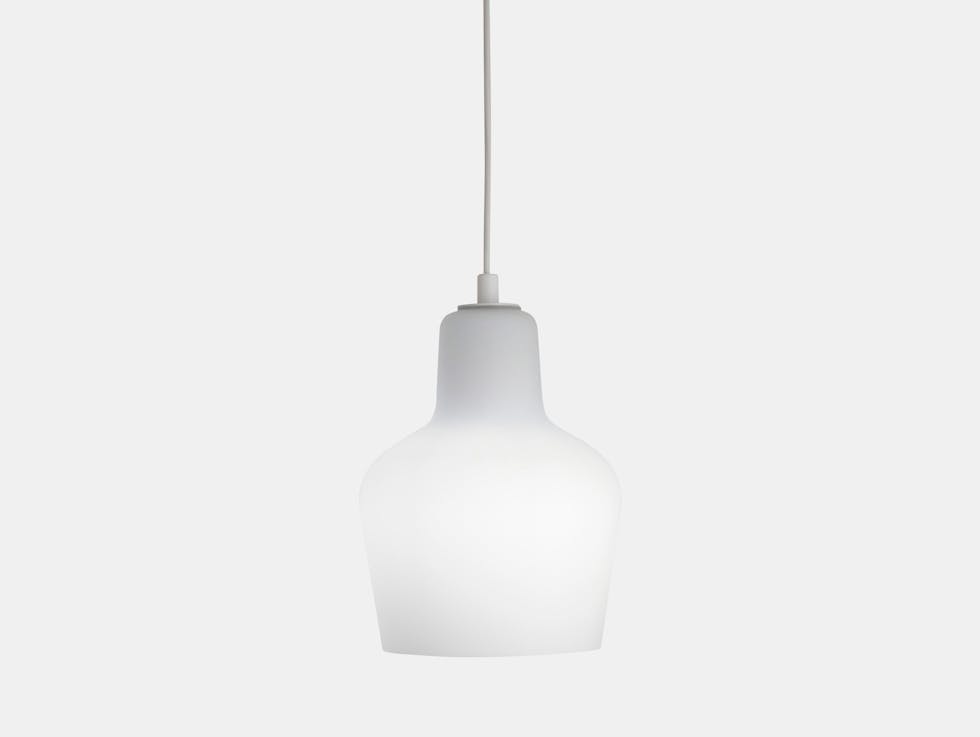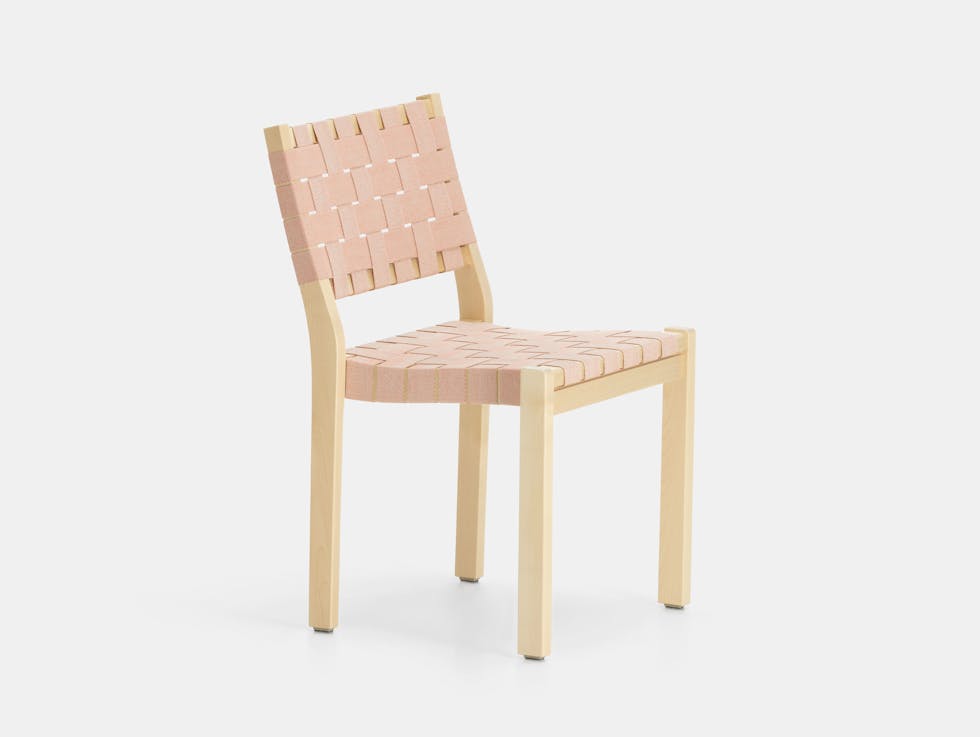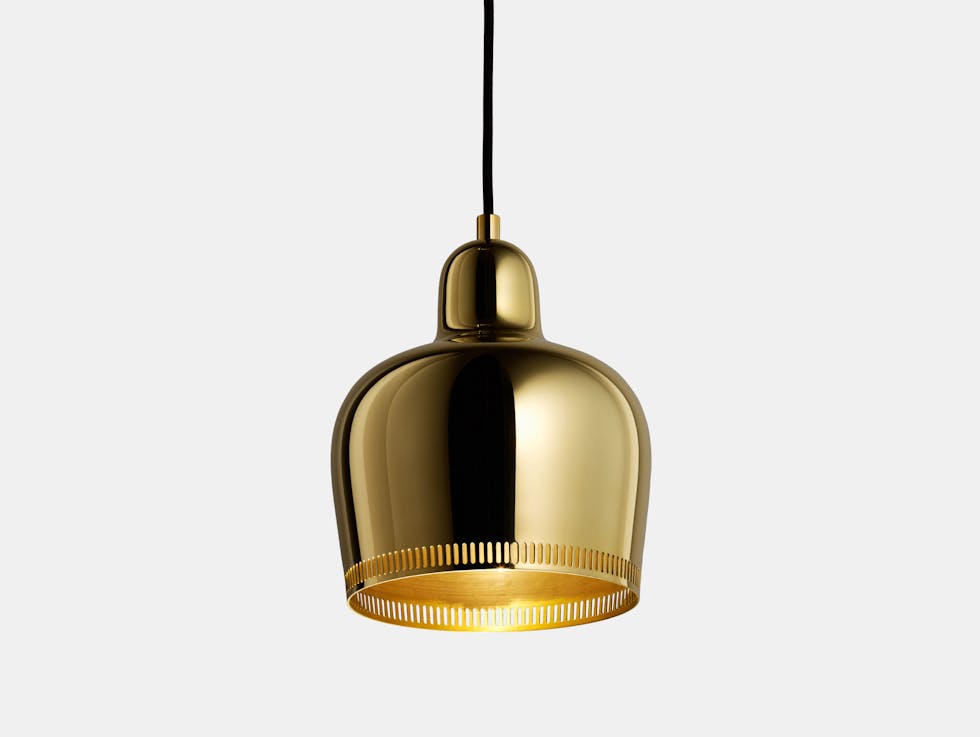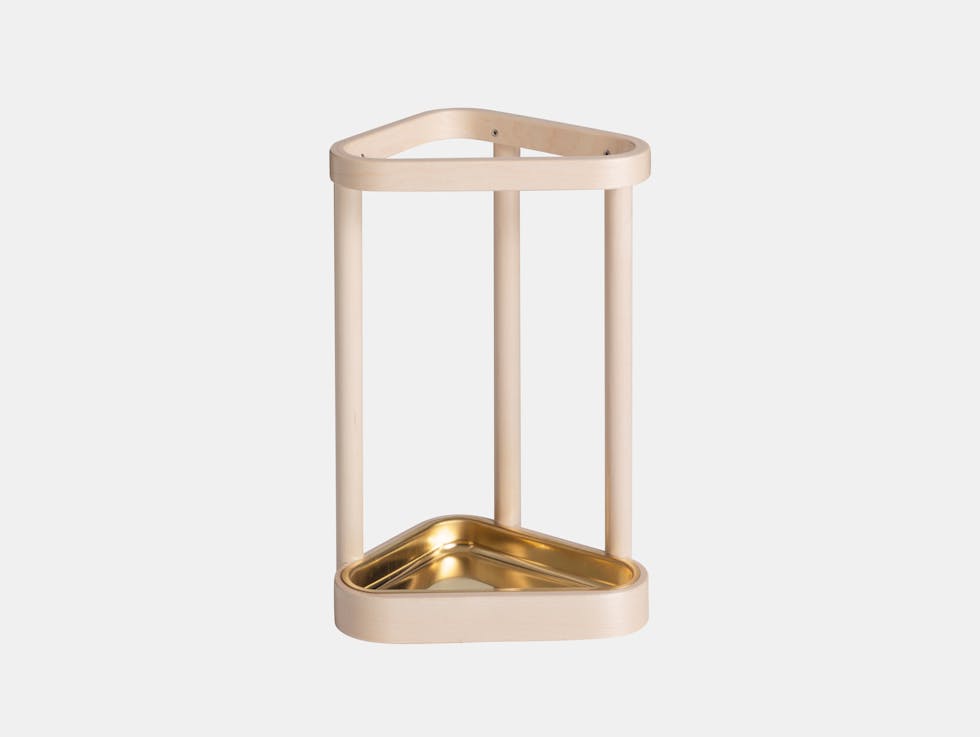Alvar Aalto
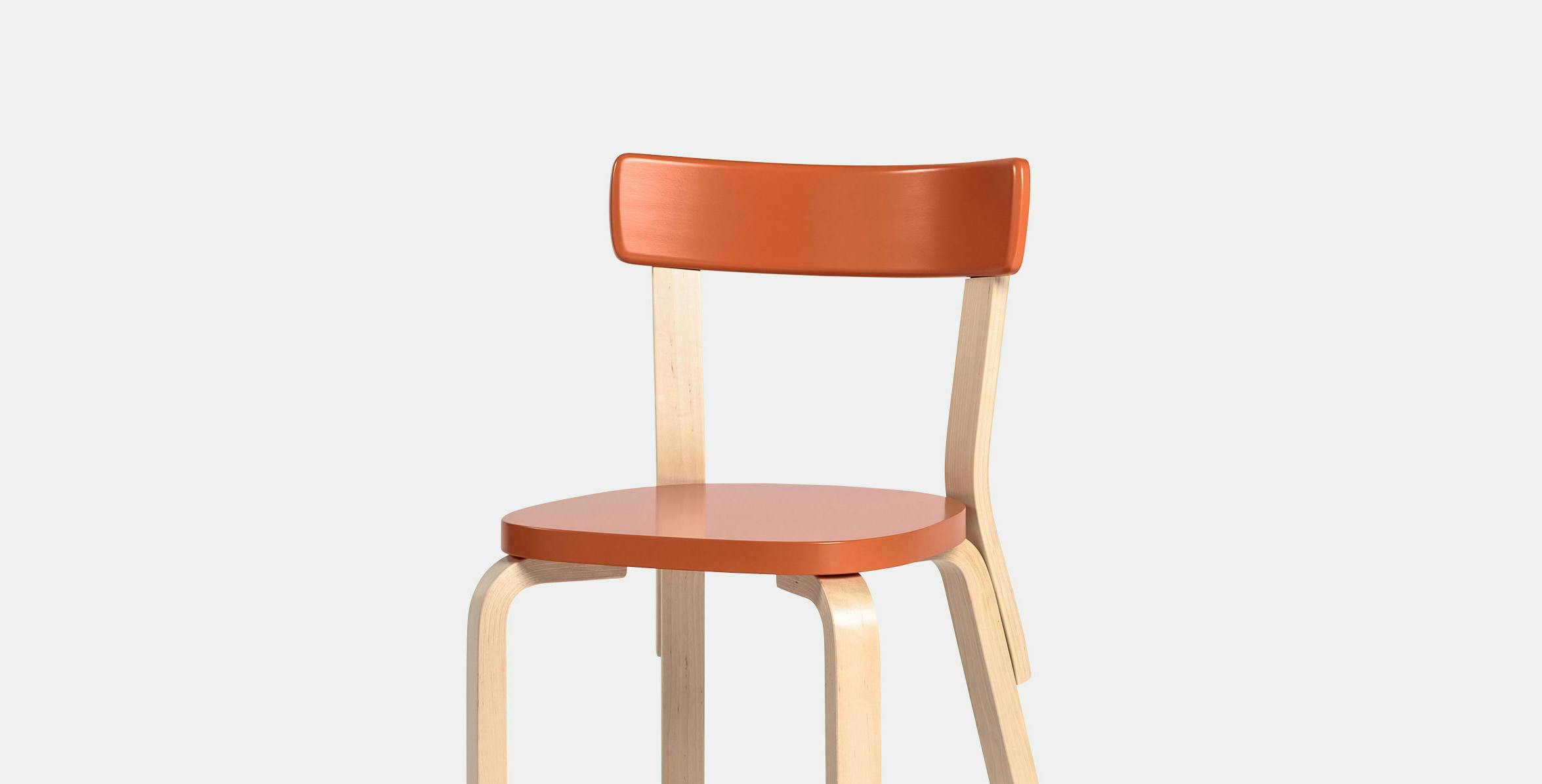
"Human life is a combination of tragedy and comedy. The shapes and designs that surround us are the music accompanying this tragedy and this comedy." Alvar Aalto
One of Finland's most celebrated architects and designers, Alvar Aalto was a key figure of mid-century modernism. He was born in 1898 in Kuortane, Finland to a Land Surveyor father and Postmistress mother. Aalto left home to study architecture at the Helsinki University of Technology and completed his first project, a house for his parents whilst still a student.
His studies were interrupted by a brutal civil war that led to Finnish independence from Russia, the aftermath, however, meant it was a good time to be an architect; commissions were plentiful, born from the desire to establish and sculpt this newly independent and increasingly prosperous nation.
Aalto travelled with his wife Aino, and had correspondence with Bauhaus intellectuals such as Walter Gropius and Lásló Moholy-Nagy, this influence combined with inspiration from the natural Finnish landscape resulted in Aalto's unique style.
As an architect over the course of 50 years, Aalto was involved in the design of over 300 buildings in his native country alone. He first designed furniture for the Palmio Sanatorium project in 1932. For Aalto, furniture was a natural extension of his architectural design philosophy, and he viewed each piece however small as intrinsic to the whole project.
In 1935 he created the furniture company Artek with three others, his wife Aino, Maire Gullichsen, and Nils-Gustav Hahl. The company had an expressed mission to "to sell furniture and to promote a modern culture of living by exhibitions and other educational means."
Famed for his use of organic, undulating lines. The work of Aalto is warm, always recognisable and distinctively Finnish.
